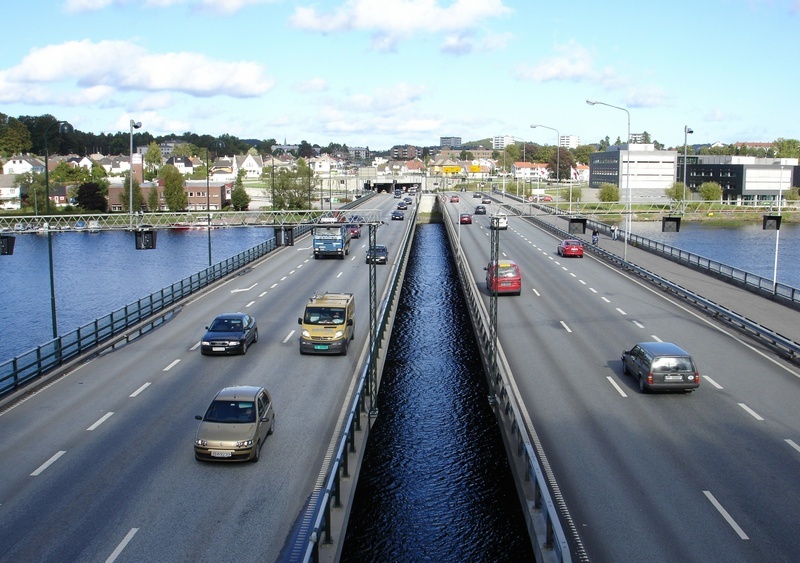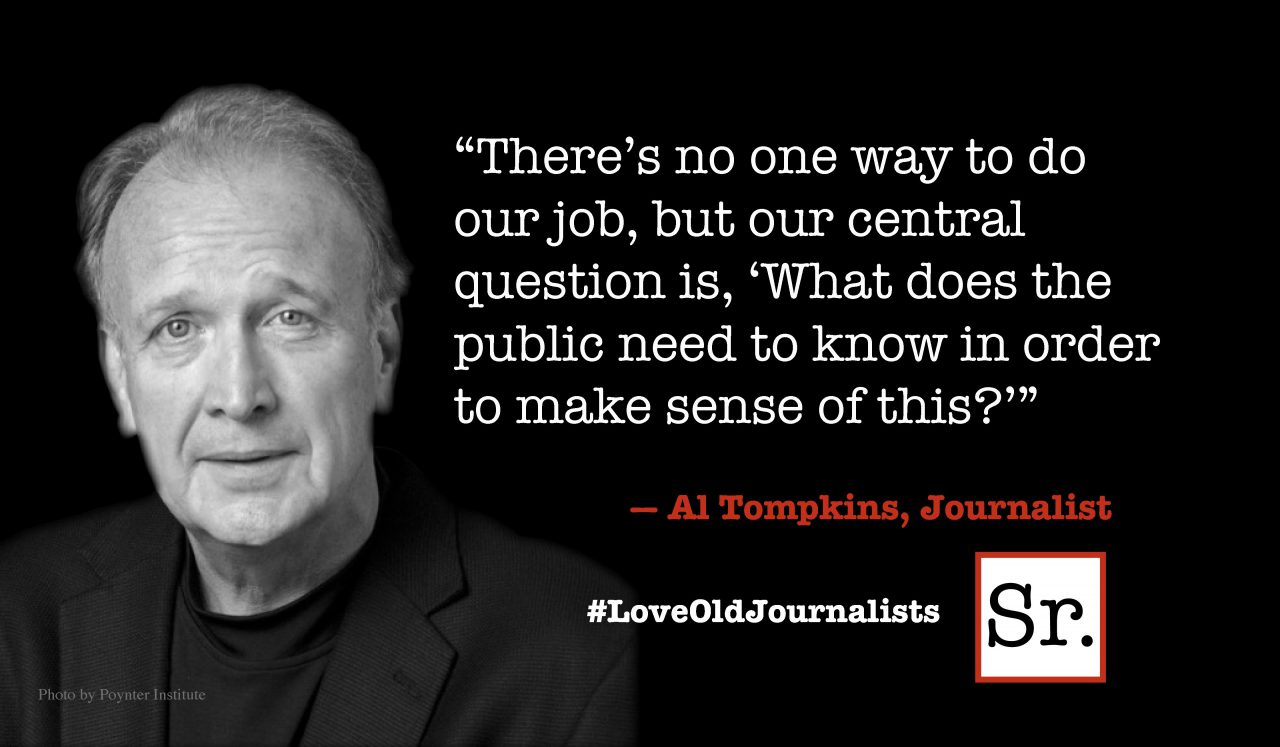Lately I’ve been keeping a closer eye on oncoming traffic. Over 30,000 people died on our nation’s highways in 2010, the most recent year for which I’ve seen a figure. That’s just a statistic until something happens that hits close to home, like a recent crash involving some friends of ours who were hit head-on when a car crossed the center line at high speed. They were lucky enough to survive, though their passengers in the back seat had to be hospitalized. Surely there’s a better way to do local transportation, and I don’t mean buses or trains.
Search giant Google has its eye on this problem, and it’s actively researching how to computerize cars to the point where they can do the driving for us. There are all kinds of reasons why this sounds like a bizarre idea, some of which are matters of taste. I love to drive, and letting a machine do it for me takes away one of life’s pleasures. Besides, whose reflexes do you trust more, your own or those of an electronic system that might just fail? Sitting in a driverless car sounds scary and at the current state of development, it would be.
But Google, along with a number of auto manufacturers, is making progress. At any given time, the company has about a dozen automated cars packed with video cameras, radar sensors, laser range finders and detailed maps in their database ranging the highways of California and beyond. The vehicles have completed more than 300,000 miles of testing and have yet to have a single accident while under computer control. Currently the cars are manned, with a driver who can take over if needed and a software engineer to monitor the systems onboard. Cars of the future may not need the extra supervision, freeing up the passenger to do other things.
Let’s think in science fiction terms of a future in which automated cars are routine. The advantages begin to come clear. For one thing, human drivers react to other vehicles in defensive mode, which often causes unjustified road rage as we interpret an innocuous or inconsiderate action as being a targeted insult or worse. No road rage with a computer driving the car, which should be yet another cause of accidents removed. Then too, cars that can sense each other can travel more closely together without danger and navigate on their own.
Efficiency should go up as well, making these cars more economical to drive as they maintain speed, measure space for merges and anticipate approaching traffic problems. The bone-headed menace who can’t stop himself from texting while driving can send as many messages as he wants from an automated car. And think of parking! Drive up to your favorite restaurant and tell your car to park itself. When you’ve finished the meal, step back outside and summon your vehicle with your key fob. It shortly appears to whisk you back to your home.
Need I go on? If automated cars can be made truly safe — and that’s a big issue, because we’re probably always going to have a mix of automated and human-driven cars interacting with each other — then people who are afflicted with various illnesses and can’t get driver’s licenses will be able to have easy transportation of their own. The streets they drive through should be less likely to be congested because automated cars can tie in to the computer systems running the traffic lights, managing the flow even at the height of rush hour. The savings in time will be welcome but beyond doubt the greatest savings will be the lives that aren’t lost on the road.
If all this strikes you as pie in the sky, a fevered dream of the techies who created Google, consider that new cars today routinely come with GPS, cameras and wireless technologies, while crash avoidance systems, backup warning devices and other gadgets are commonplace. We’re already building the automated car, as Alan Taub, a General Motors vice president, recently pointed out. GM offers adaptive cruise control that maintains driving speed in safety. Even though it still requires a driver, the system is a step in the direction of full automation.
Taub thinks cars will become fully automated by 2020, especially as they begin to communicate not just with their internal computer systems and Internet resources but with each other. BMW is soon to launch a vehicle with a semi-autonomous technology called Traffic Jam Assistant that can work its way through congestion, and the company is developing still other autonomous packages. Audi has created Audi Connect, which it describes as a seamless network that connects the car to its surroundings, and is experimenting with computerized parking.
But wait! What about those of us who really enjoy taking the car for a spin? I love driving enough that I have a 1000-mile rule: If a trip is less than 1000 miles, I’m going to drive it rather than fly if possible. I can’t see giving up on driving, but I can certainly see handing over the controls to an automated vehicle in congested areas, and I love the idea of my car parking itself. As the auto manufacturers experiment with what works and what will sell, I assume they’ll keep automated car functions optional, so we can switch them off when we want to enjoy the driving experience. If that’s the case, I’m all for the car of the future and the many lives it’s bound to save.









